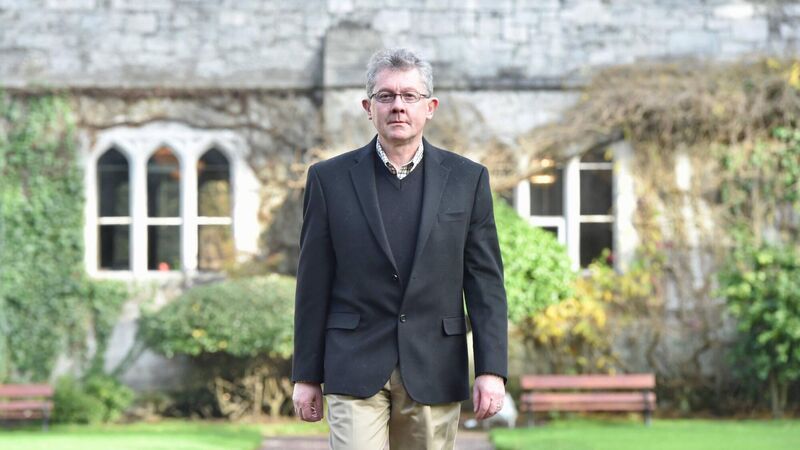UCC-led research could help enable super-efficient electrical power

Seamus Davis, Professor of Quantum Physics at UCC who led an international research team that has made a major breakthrough towards developing room-temperature superconducting materials. CREDIT: Tomas Tyner, UCC
Research led by Professor of Quantum Physics at University College Cork (UCC) Séamus Davis and the University of Oxford could help enable super-efficient electrical power.
The international team of researchers has announced results that reveal the atomic mechanism behind high-temperature superconductors.
Superconductors are materials that can conduct electricity with zero resistance so that an electric current can persist indefinitely and are used in various applications, including MRI scanners and high-speed maglev trains, however, superconductivity typically requires extremely low temperatures, limiting their widespread use.
A major goal within physics research is to develop superconductors that work at ambient temperatures, which could revolutionise energy transport and storage.
Certain copper oxide materials demonstrate superconductivity at higher temperatures than conventional superconductors, however, the mechanism behind this has remained unknown since their discovery in 1987.
To investigate this, the team of scientists in Cork, Oxford, the USA, Japan and Germany developed two new microscopy techniques.
The first of these measured the difference in energy between the copper and oxygen atom orbitals, as a function of their location. The second method measured the amplitude of the electron-pair wave function (the strength of the superconductivity) at every oxygen atom and at every copper atom.
Speaking about the research, UCC’s Professor Davis said:
By visualising the strength of the superconductivity as a function of differences between orbital energies, for the first time ever we were able to measure precisely the relationship required to validate or invalidate one of the leading theories of high-temperature superconductivity, at the atomic scale.
The findings, published in PNAS, showed a quantitative, inverse relationship between the charge-transfer energy difference between adjacent oxygen and copper atoms and the strength of the superconductivity.
According to the research team, this discovery could prove a historic step toward developing room-temperature superconductors. Ultimately, these could have far-reaching applications ranging from maglev trains, nuclear fusion reactors, quantum computers, and high-energy particle accelerators, as well as super-efficient energy transfer and storage.







 App?
App?





